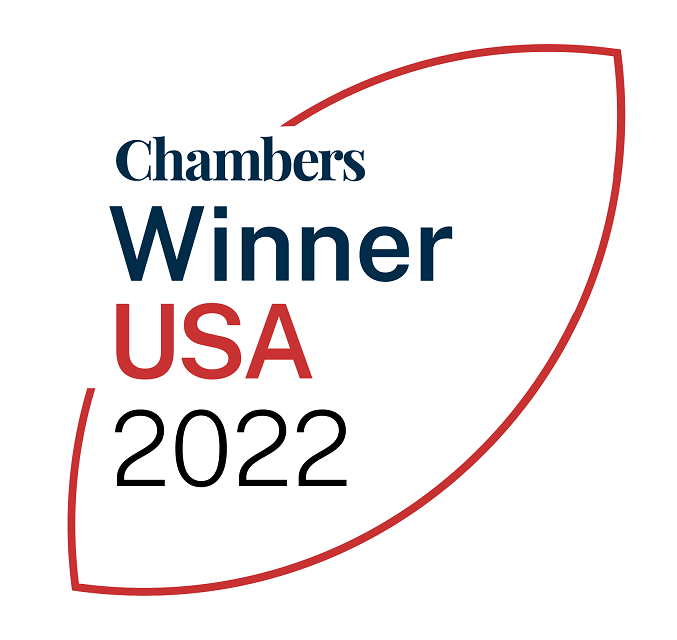In the second installment of McDermott’s webinar series, HPE Europe 2020: What are the Life Science Transaction Trends in the Wake of the Sanitary Crisis?, moderator and McDermott partner Emmanuelle Trombe and industry experts Joseph El Khoury of Natixis, Cédric Garcia of EY’s Life Science Group, Dr. Erich Tauber of Themis Bioscience and Daniel Teper of CYTOVIA Therapeutics shared lessons learned from the first half of 2020, when COVID-19 changed the world. The panelists also discussed the outlook for life sciences transaction trends in the second half of the year and beyond.
read more

 Subscribe
Subscribe




